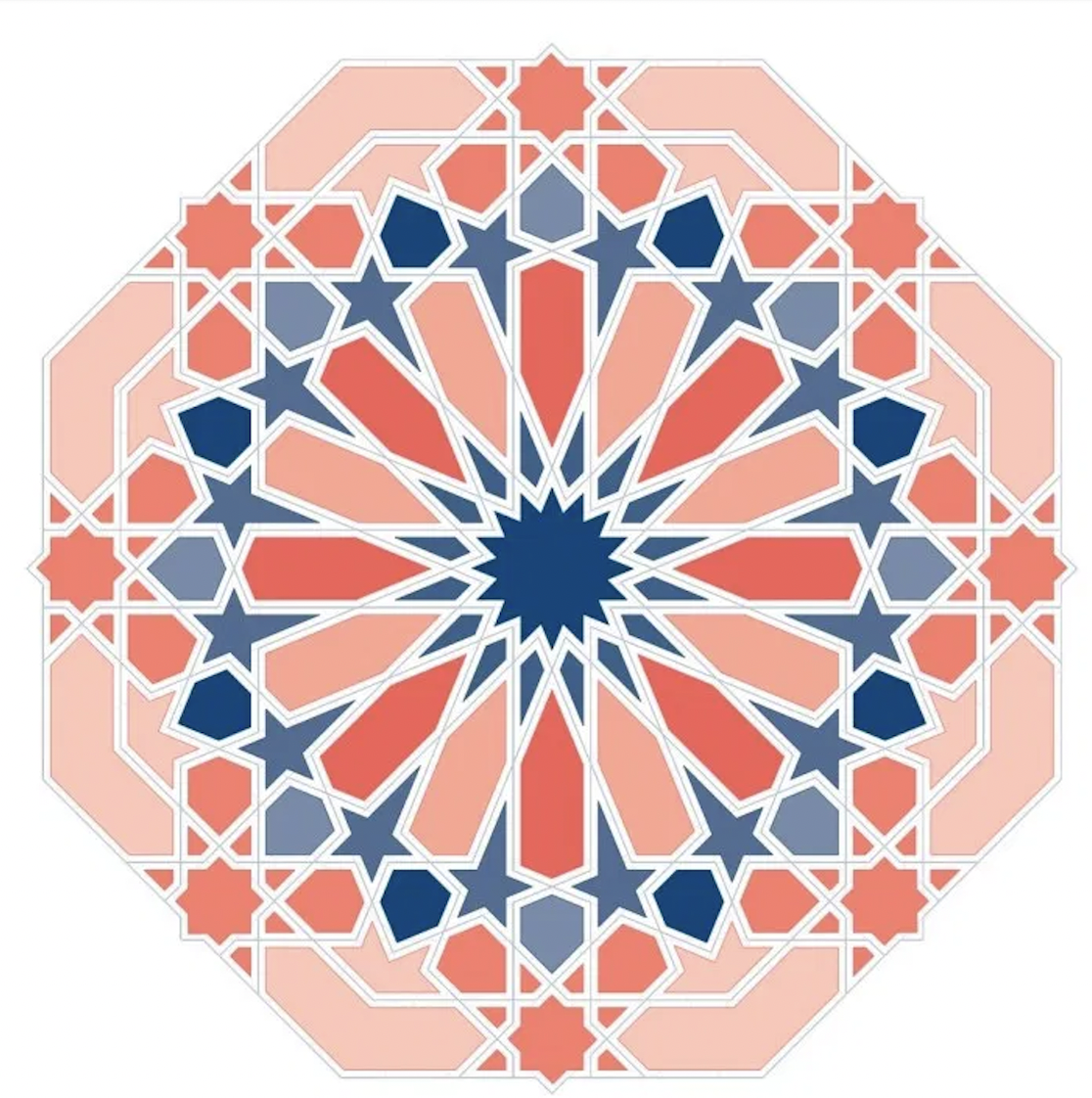Women keeping alive ‘suzani’ tradition in Uzbekistan
Photos courtesy of @maninabaumann and @the_little_silk_road
Women in Uzbekistan are at the heart of reclaiming the nation’s deep-rooted cultural traditions and history, by working magic with a needle and thread.
Azizbek from Uzbek cultural heritage programme, ‘Little Silk Road’, is working with local women from the villages to revive the almost lost art form of traditional ‘suzani’ embroidery.
Suzani means needle in Persian. The authentic suzani embroidery is all created by hand. Every item is unique and it can take months or even longer to finish, depending on the size of the piece.
Aziz states: “Under Soviet rule, Islamic and pre-Islamic cultural practices were suppressed in a bid to wipe them out.
“However, since gaining independence in the 90s, our government has encouraged keeping this tradition alive.”
Suzani embroidery was a skill traditionally passed on from mothers to daughters, and individual, unique pieces would be lovingly crafted as part of a bride’s wedding trousseau. The embroidered patterns typically contain motifs and symbols of fertility, protection and blessings for a newly wedded couple.
Aziz says: “Women have been key to preserving the suzani heritage. The Soviets didn’t manage to completely kill the art form, because thankfully many older women still remembered the skill that was taught to them as children, and were able to pass down these down to other women.
“The traditional and authentic suzani embroidery is all made by hand on natural fabrics, mainly silk and cotton. All the dyes and thread are natural. It’s about quality not quantity.
“Women who are involved in creating the suzani pieces through our project are receiving an income from the work that they do, as well as playing an invaluable role in preserving our culture.
“Our main aim is to protect the tradition and be able to pass it on to our future generations. This is very important.”
The motifs in suzani vary from region to region across Central Asia. They include astral symbols, vegetative patterns and floral depictions which reflect the land’s ancient shamanic and rural heritage.
The symbol of the Gardens of Eden are also prominent motifs, and date back to Persian influences. Islamic empires ruled in Central Asia for over a thousand years, and continued this heritage. Their own symbols such as an eight-pointed star have been incorporated into the variety of designs. The Muslims were able to relate to many of the motifs including nature and beauty, prominent in their own religious beliefs. Each suzani tells its own story of the people and history of this beautiful land.
The influence of the suzani tradition spread far and wide along the Silk Road, and through the far reaching Muslim empires.
Babur, the first Mughal Emperor of India, was born in Andijan, Uzbekistan in 1453. He brought much of the traditions of his homeland to India. That is why there are many elements of Central Asian art and culture within India to this day.
The Soviet programme to eradicate Central Asian heritage was extremely short-sighted. It is problematic to use force and impose an alien culture, especially in a deeply traditional and ritualistic culture like Uzbekistan. As history has proven, trying to wipe out a community’s backstory only creates a bigger thirst for its past.
Aziz finishes by saying: “It is very important to preserve history as you can’t have a future without knowing your past. People have tried to take our history, but we are reclaiming it!”
Photos courtesy of @maninabaumann and @the_little_silk_road
For more content, follow me on Instagram: @nadia.khan30





